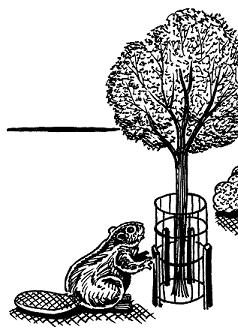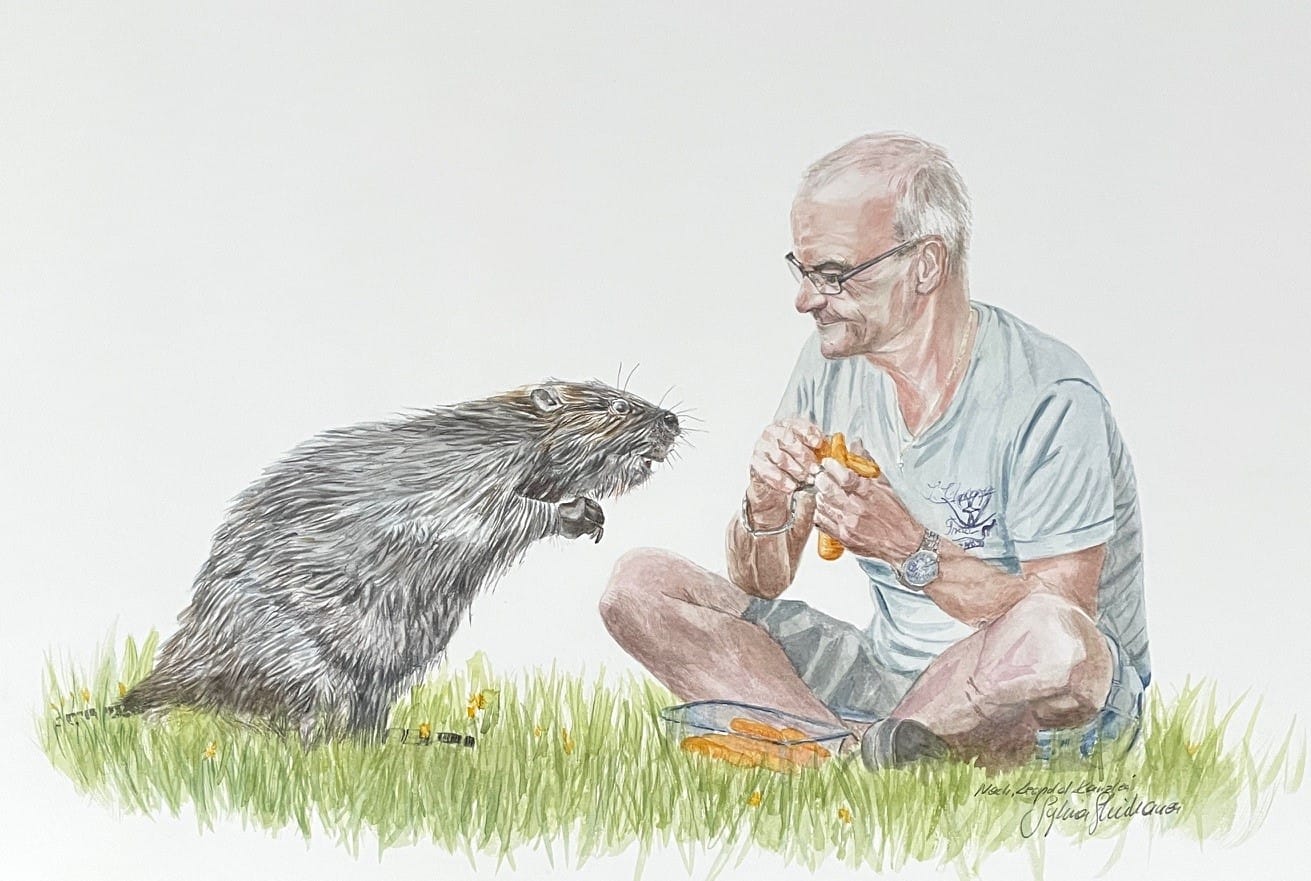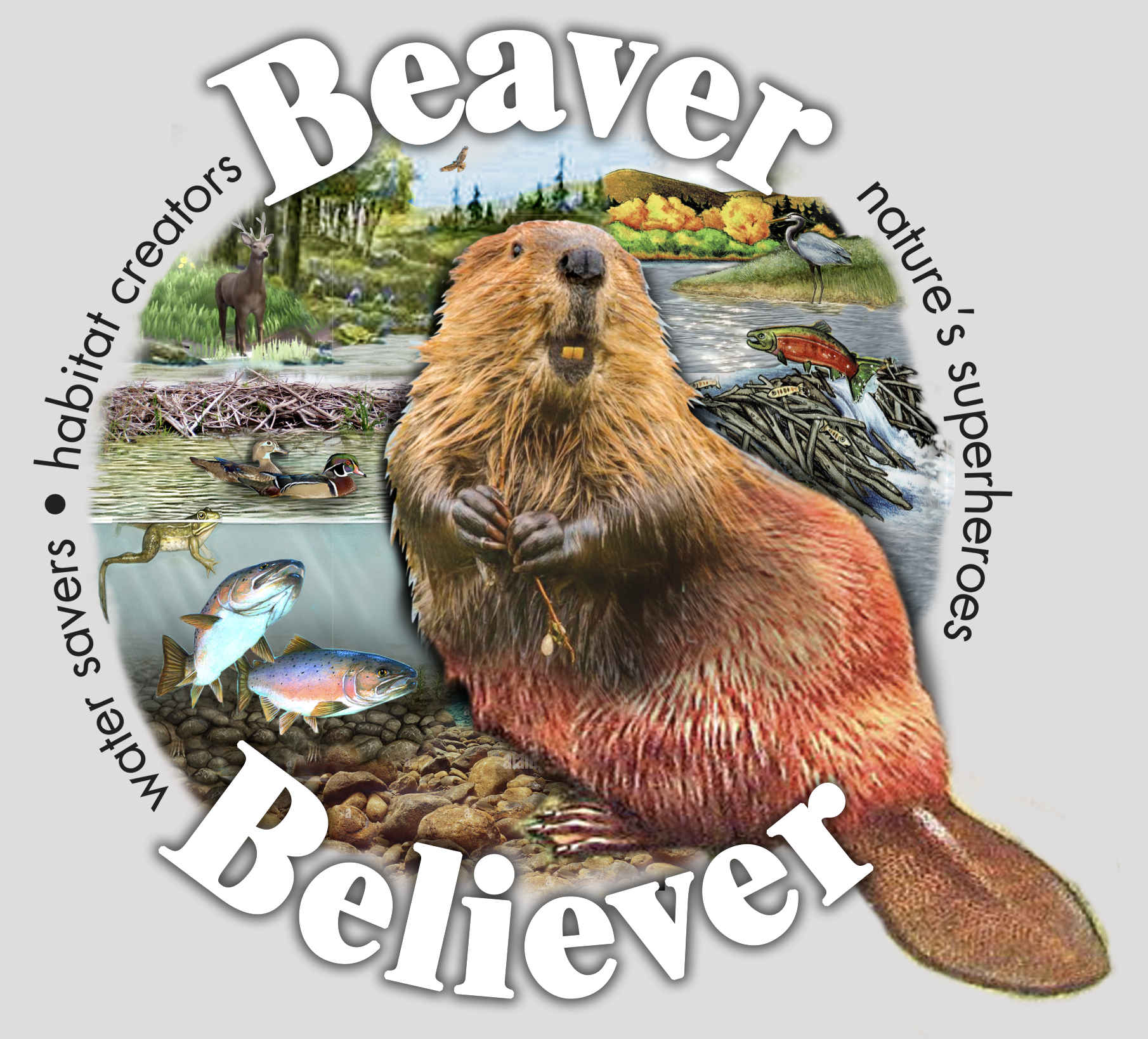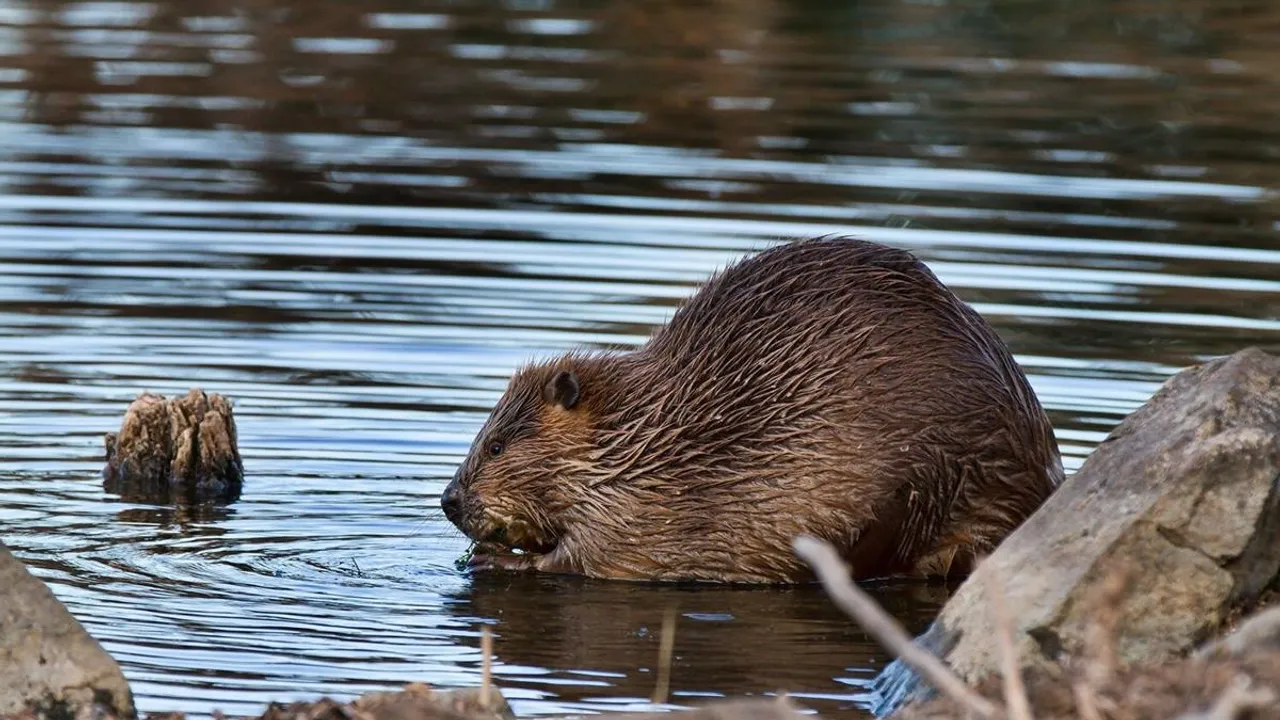 There’s a smart new article in the Reflector about landowners coexisting with beavers. Which is worth focusing on but I’m more interested in the resource it casually sites which says it was published last year but certainly can’t be more than a month on the market. Check it out.
There’s a smart new article in the Reflector about landowners coexisting with beavers. Which is worth focusing on but I’m more interested in the resource it casually sites which says it was published last year but certainly can’t be more than a month on the market. Check it out.
Do I have your interest now? How about when you read the ES?
Executive Summary
Stream and riparian ecosystems provide critical resources and services for the residents of Washington state but are increasingly threatened by climate change. Climate change is projected to increase stream temperatures, reduce summer streamflows, and increase wet-season flood events. These changes are expected to have negative consequences for many species, including protected species of salmon, trout, and amphibians.
Beavers were once abundant in North America. Though they were hunted nearly to extinction in the 18th and 19th centuries, populations have since recovered in many areas. Beaver-related restoration, which includes beaver reintroduction and the construction of structures that mimic beaver dams, seeks to facilitate the ongoing recovery of beavers and harness (or mimic) their engineering capabilities to restore and improve freshwater systems. Beaver-related restoration has gained popularity in recent years as a nature-based approach to facilitating climate resilience in stream and riparian ecosystems.
Both beaver reintroduction and the construction of beaver dam analogues are increasing in Washington State. However, there is a paucity of scientific information on the impacts of these forms of beaver-related restoration. This report synthesizes available scientific information on beaver-related restoration and climate resilience for streams in Washington state, summarizing the state of the science, highlighting knowledge gaps, and identifying challenges.
There is substantial evidence that beaver-related restoration, via beaver translocation and the construction of beaver dam analogues, has the potential to increase the climate resiliency of Washington’s stream and riparian ecosystems (summarized in Table 1). By reducing summer water temperatures, increasing summer flows, and enhancing floodplain habitat, beavers and beaver-related restoration can benefit species of conservation concern, including trout, salmon, and amphibians. In addition, beaver-related restoration can ameliorate the negative impacts of high-flow events, create fire-resistant habitat patches in fire-prone landscapes, and foster heterogeneous mosaics of habitat that enhance the watershed-level biodiversity of aquatic and riparian ecosystems. However, these benefits are only likely to accrue under certain conditions, and there is a gap between our understanding of the aspirational potential of beaver-related restoration (what it can accomplish) and the realized benefits of restoration actions (what it does accomplish).
While the scientific literature on beaver-related restoration is developing rapidly, there are important limitations in our understanding. For example, most studies of beaver-related restoration are still relatively limited in spatial and temporal scope. In addition, key aspects of restoration practice are not well understood — many translocated beavers do not establish; beaver dam analogs must be colonized by beavers or maintained by humans to persist, but it is not clear how frequently this happens. Finally, key drivers of variation in the effects of beavers and beaver-related restoration are poorly understood, including regional gradients in climate and land use.
The table of contents makes me literally tremble with anticipation. You can download the whole thing yourself on this page or you can peruse it here:
wdfw02454













































